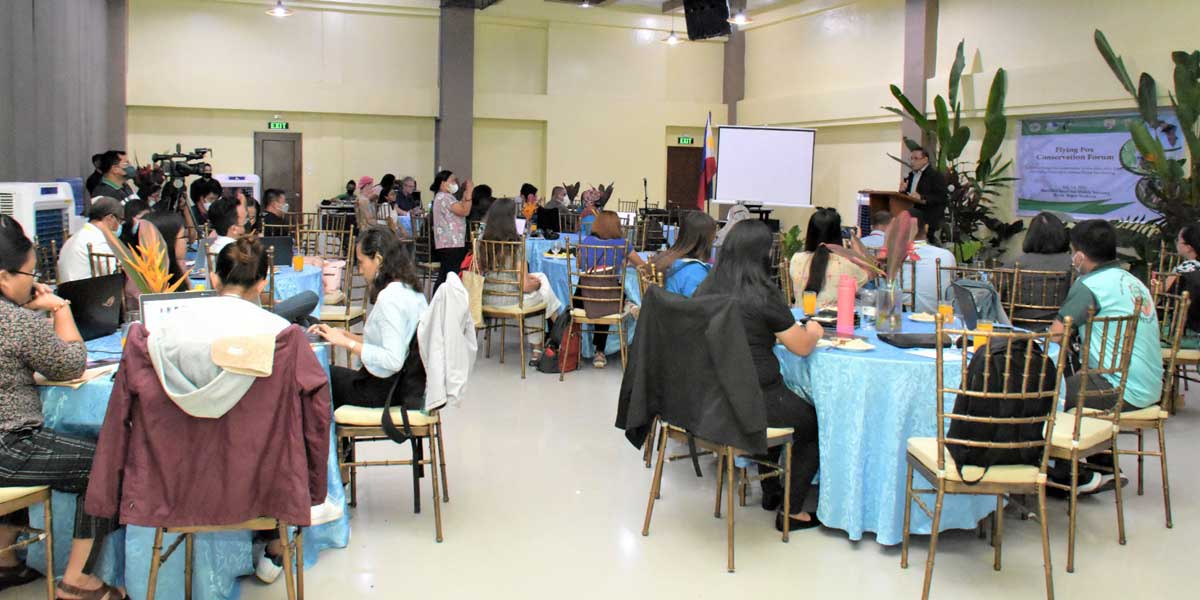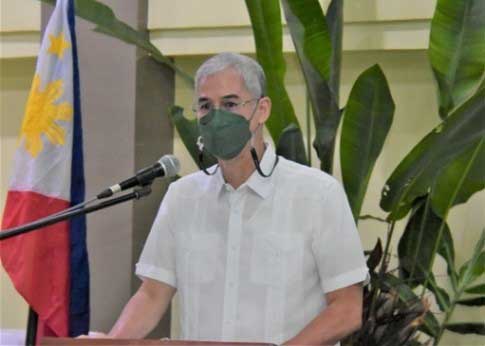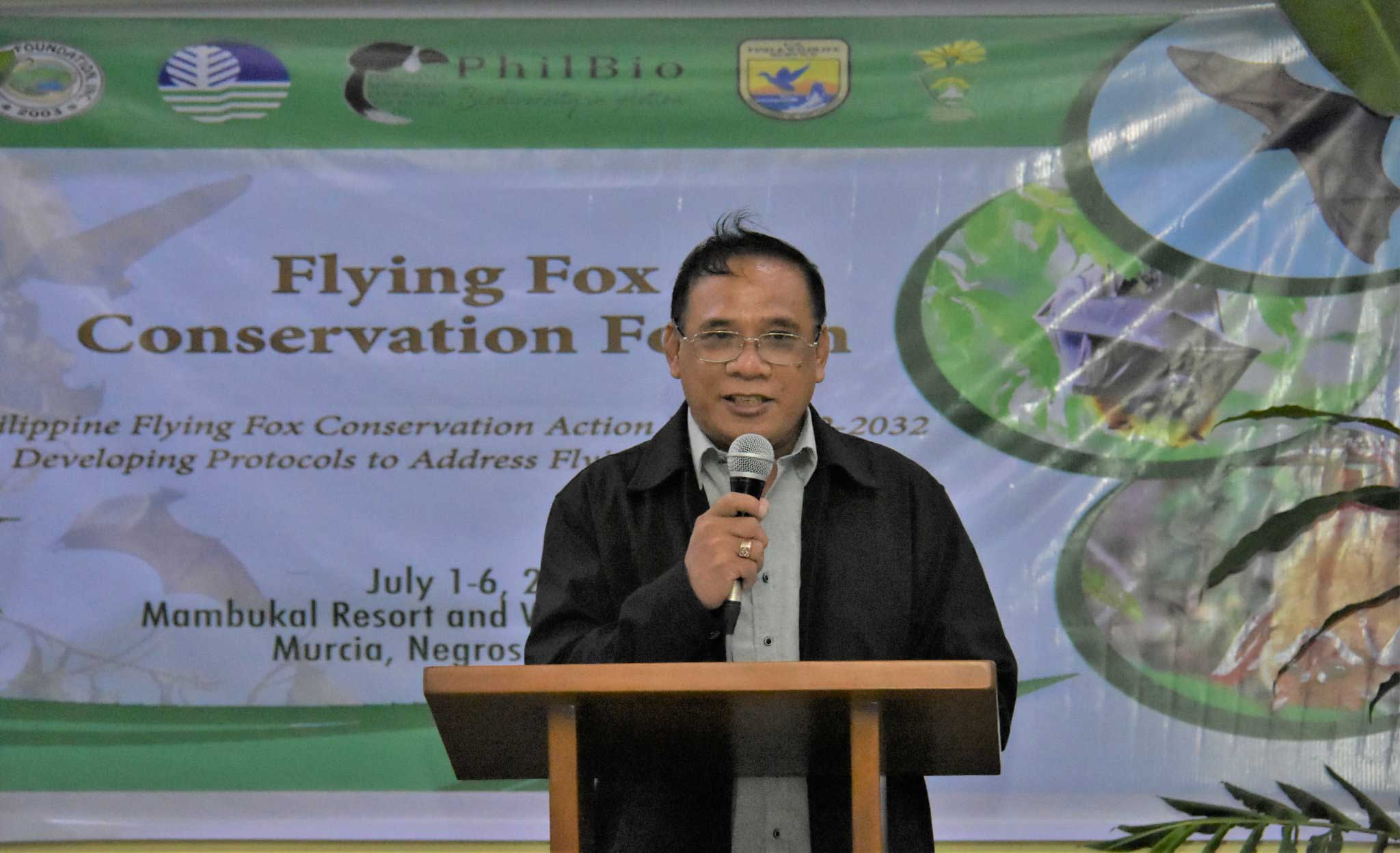Aside from bees, land and water animals, flying foxes too, play an important role in seed dispersal and pollination. As such, they keep native forests healthy. What makes flying foxes unique in this regard is that they are highly mobile and moved seeds locally and over great distances.
A conservation forum on Flying-foxes was conducted from July 1-6, 2022 at Mambukal Resort and Wildlife Sanctuary. The Sanctuary is situated in Murcia municipality where Flying-foxes also inhabit.
Organized by the Biodiversity Management Bureau (BMB) of the DENR together with the Mabuwaya Foundation Inc. and the Philippine Biodiversity Conservation Foundation Inc. (PhilBio), the Forum also discussed practices that support Flying-fox conservation and regulate hunting of the species and establish standard monitoring protocols for flying fox roost site counts.
In Negros Occidental, Flying-foxes have sites in Hinoba-an, Murcia, San Carlos and Sagay Marine Reserve. In Mambukal, at least three species have been identified, namely: Golden-crowned Flying-fox, large Flying-fox and the common island Flying-fox.
Governor Eugenio Jose “Bong” V. Lacson and Assistant Regional Director for Technical Services, Raul Lorilla gave their messages during the opening program of the National Workshop on Flying-fox.
Also present were OIC-PENRO Joan Nathaniel F. Gerangaya, CDS Chief Rosie Pablico and invited participants to the workshop composed of experts involved in the flying fox conservation in the country, DENR focal persons and local stakeholders.



























